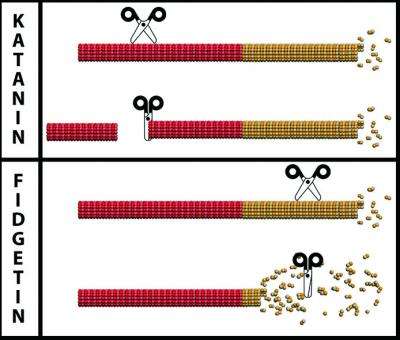Microtubule-based strategies for promoting nerve regeneration after injury

After injury, damaged axons have the capacity to regenerate, but the regenerative capacity of the axon, particularly axons of the central nervous system, is quite limited. This is because the damaged axons tend to retract, because they encounter obstacles such as scar tissue and inhibitory molecules, and because their growth rates simply do not match those of a juvenile axon.
Prof. Peter W. Baas from Drexel University, USA focus on microtubules as among the most important factors in encouraging injured adult axons to regenerate. Microtubules are hollow polymeric filaments composed of tubulin subunits that provide structural support for the axon. In addition to their structural role, microtubules are an important substrate for many of the molecular motor proteins responsible for intracellular transport. Microtubules are intrinsically polar structures, with their "plus" ends favored for assembly over their "minus" ends. Molecular motor proteins interact with cargo such as membranous organelles that are transported in conjunction with the motor. In the axon, the microtubules are aligned into a paraxial array with the plus ends of the microtubules directed away from the cell body, thus establishing the directionality with which different motors convey their cargo. Microtubules gather together and funnel into the hillock region of the axon and then splay apart again at sites of branch formation and within the growth cone at the tip of the elongating axon. Microtubules are relevant to axonal growth and regeneration for reasons related to all of these factors. Additionally, it appears that the dynamic properties of microtubules are critically important especially in the distal tip of the axon, for the capacity of the axon to form a viable growth cone, to turn properly in response to external cues, and to grow with the vitality typical of the developing nervous system.
The relevant study has been published in the Neural Regeneration Research (Vol. 9, No. 13, 2014).
More information:
Baas PW. Beyond taxol: microtubule-based strategies for promoting nerve regeneration after injury. Neural Regen Res. 2014;9(13):1265-1266.
Provided by Neural Regeneration Research